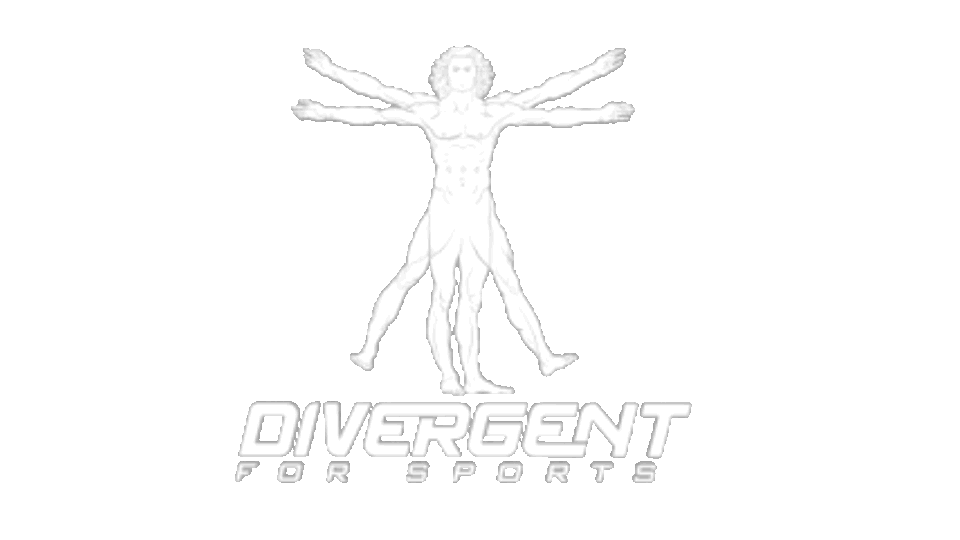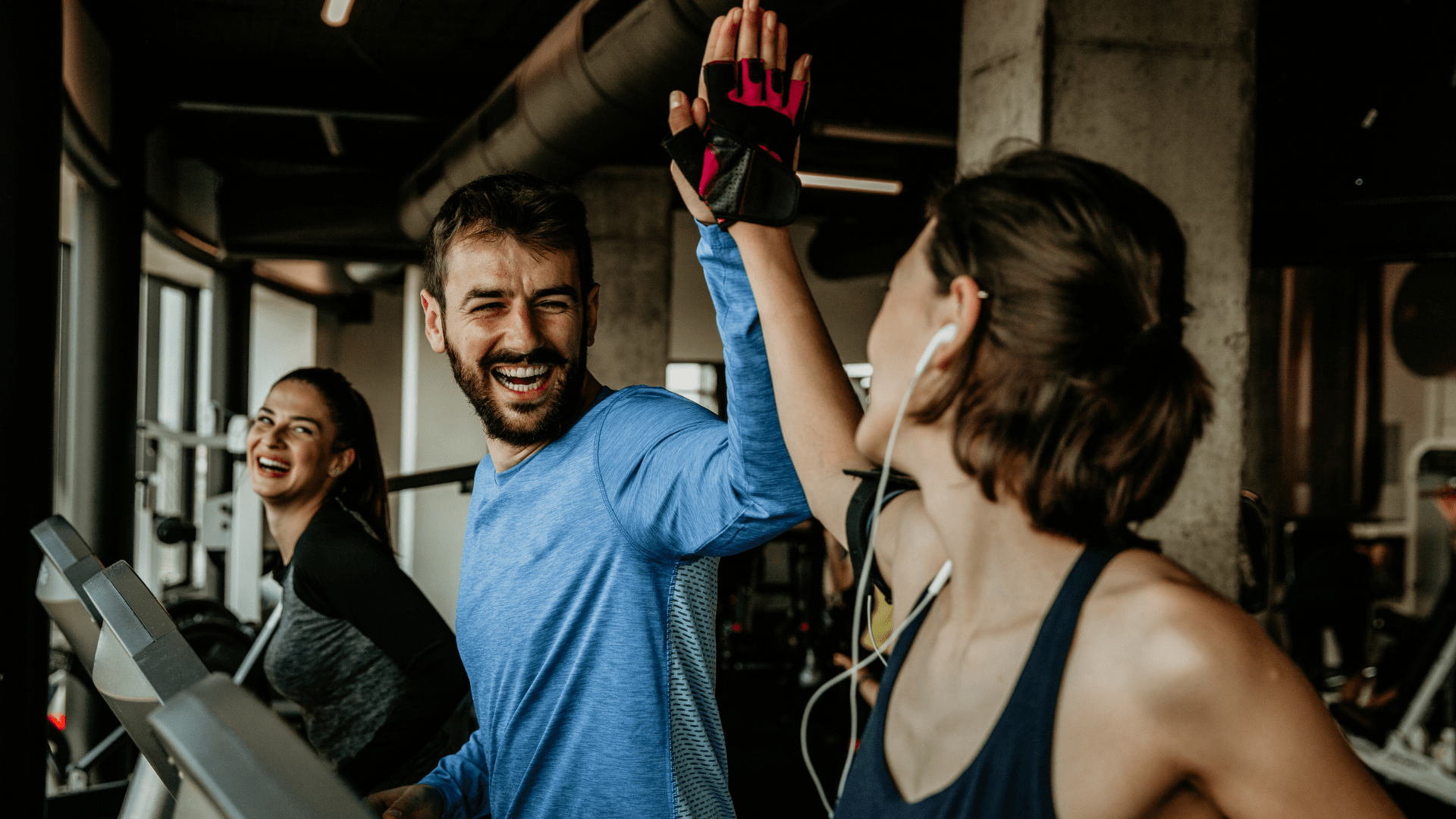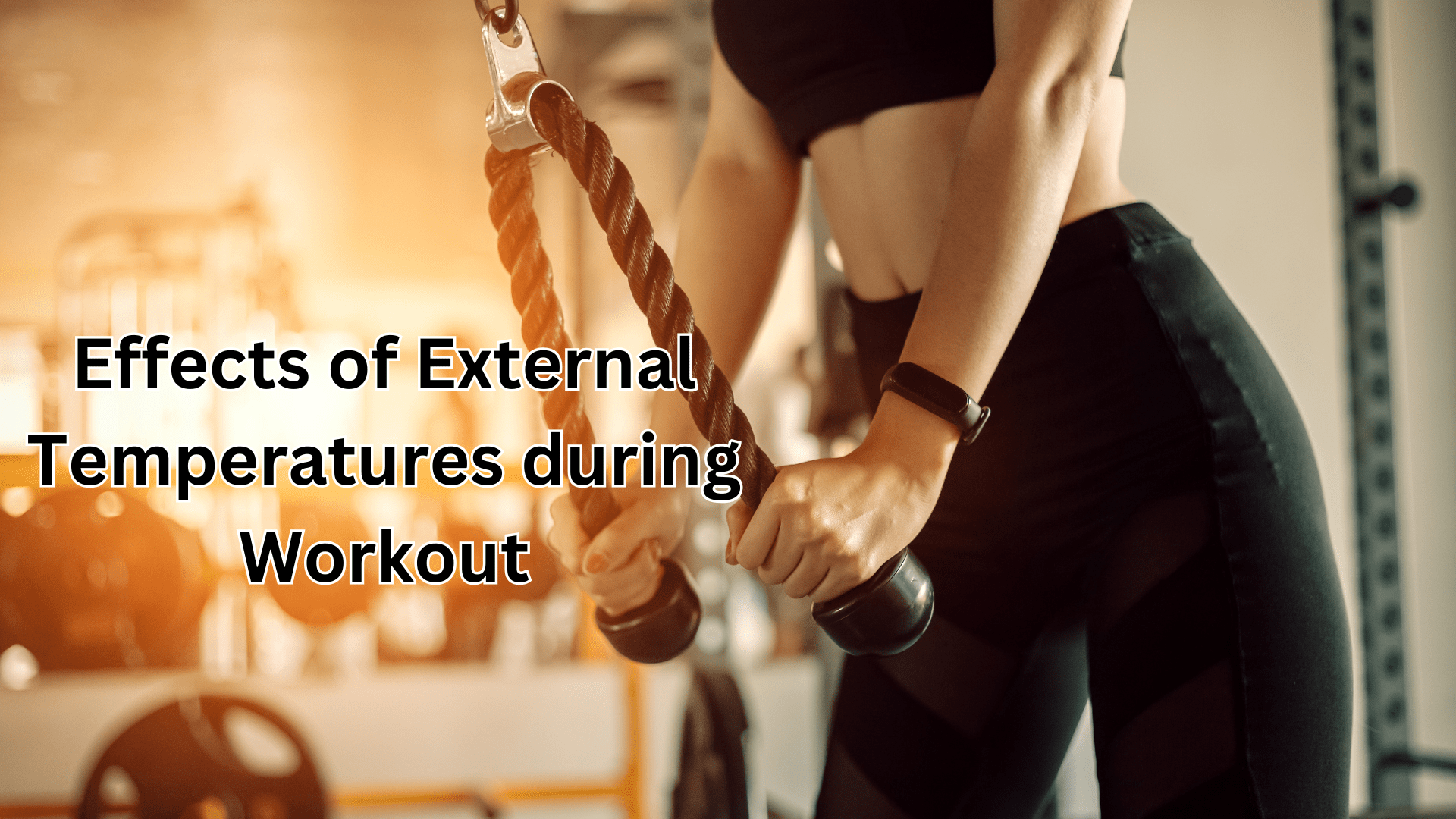
Is Regional Hypertrophy Predictable?
The human body’s ability to adapt to resistance training is a fascinating and complex process. One area of growing interest among fitness enthusiasts, coaches, and researchers is regional hypertrophy—the differential growth of muscle regions in response to training. But how predictable is this phenomenon? The answer lies in a combination of genetic factors, training variables, and individual physiology.
Understanding Regional Hypertrophy
Muscle hypertrophy, or growth, doesn’t occur uniformly across the length of a muscle. Specific regions of a muscle may grow more than others based on the type of training, the exercises performed, and individual anatomical differences. For example, the upper versus lower regions of the quadriceps or the long head versus the lateral head of the triceps may experience differing degrees of hypertrophy depending on the exercise selection, range of motion, and load.
This phenomenon challenges the traditional notion that muscles respond to training in a homogenous way. Instead, evidence suggests that training can be tailored to target specific regions of a muscle, but predicting which regions will respond most in a given individual is not straightforward.

Key Factors Influencing Predictability
Several factors influence the predictability of regional hypertrophy:
1. Genetics
Genetics play a significant role in determining how muscles grow and which regions are more predisposed to hypertrophy. Muscle fiber type distribution, tendon insertion points, and muscle architecture vary between individuals, leading to differences in hypertrophy patterns. Some people may naturally experience more growth in certain regions due to genetic predisposition, making prediction less reliable across populations.
2. Training Variables
Exercise selection, range of motion, tempo, and volume heavily influence regional hypertrophy. For example:
• Exercise Selection: Squats may preferentially target the lower quadriceps, while leg extensions can emphasize the rectus femoris.
• Range of Motion: Partial range movements can shift stress to specific muscle regions.
• Tempo and Load: The speed and intensity of an exercise can activate different motor units, influencing which regions experience the most growth.
Although these variables can be manipulated to “predict” hypertrophy in certain areas, outcomes still vary due to individual response differences.
3. Neuromuscular Activation
The way muscles are activated during an exercise is another crucial determinant. EMG studies show that some individuals naturally activate certain muscle regions more than others during specific movements. This neuromuscular bias can influence which areas hypertrophy most, making predictability a personalized challenge.
4. Adaptation Over Time
Muscles adapt to training, and what works to target a specific region in one phase may not produce the same results in another. Over time, changes in strength, technique, and fatigue patterns can shift the emphasis of an exercise, altering regional hypertrophy outcomes.
Is Predictability Realistic?
While certain principles can guide training to emphasize specific regions, absolute predictability of regional hypertrophy is limited. The interplay of genetics, biomechanics, and individual response variability makes it impossible to guarantee precise outcomes. However, this unpredictability should not deter training efforts. Instead, it highlights the importance of individualized programming and periodic assessment.
Conclusion
Regional hypertrophy is influenced by a multitude of factors, and while it is possible to design programs that bias certain muscle regions, predicting the exact pattern of growth is not yet a science. As research advances, our understanding of the genetic, physiological, and biomechanical underpinnings of hypertrophy will improve, offering greater insights into how to maximize targeted muscle development. For now, staying consistent with training, experimenting with variables, and focusing on progressive overload remain the most reliable strategies for achieving balanced muscular growth.




Leave a comment
This site is protected by hCaptcha and the hCaptcha Privacy Policy and Terms of Service apply.